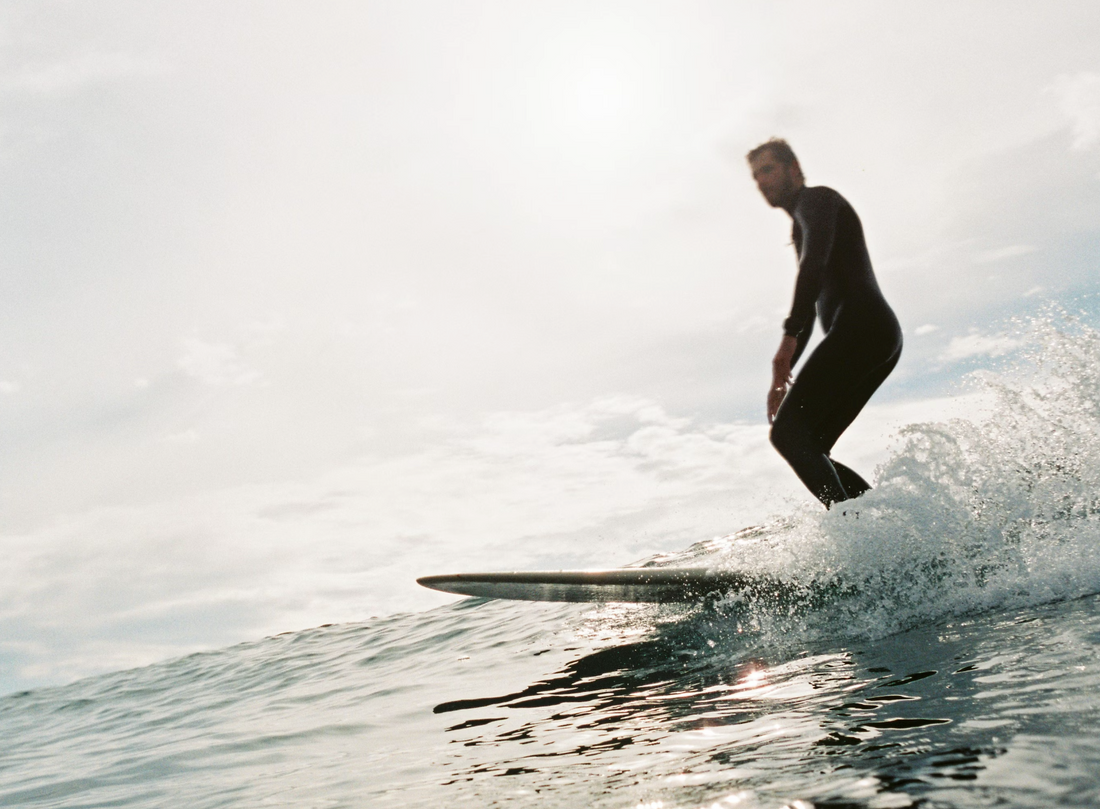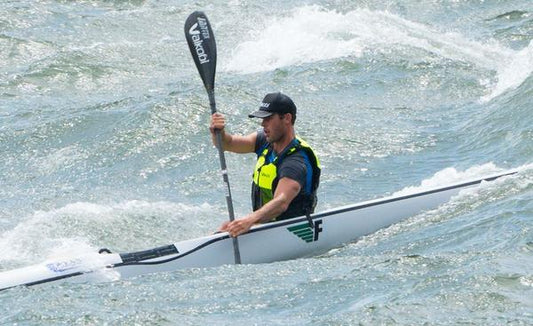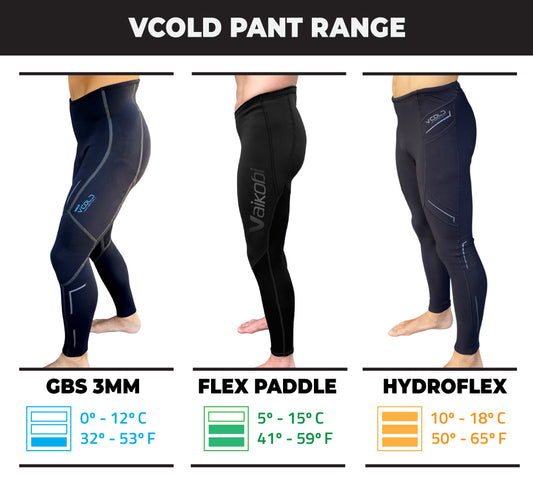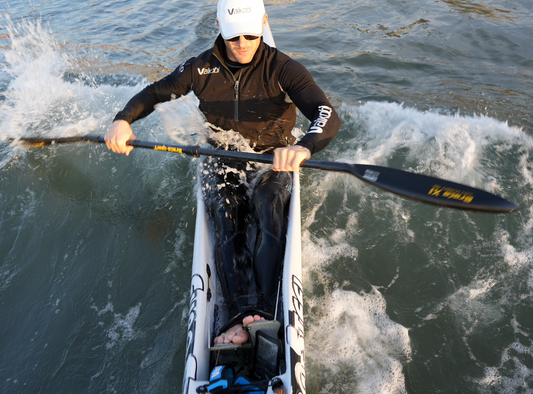Wetsuits are essential for watersports enthusiasts who want to enjoy their activities in comfort and safety. But sometimes wearing a wetsuit alone is not enough to keep you warm and cozy in cold water. Wetsuit layering involves wearing different garments under and over your wetsuit to optimize your body temperature and performance.
In this comprehensive guide, we will show you how to choose the right layers for your wetsuit, how to adjust them according to the weather and water conditions, and what accessories you need to enhance your layering system. We will also share some expert tips and techniques from Vaikobi, a leading brand in watersport clothing, to help you get the most out of your wetsuit layering experience. Let’s dive in now!
Understanding Wetsuit Layering
A wetsuit is a garment made of neoprene, a synthetic rubber that traps a thin layer of water between your skin and the wetsuit. This water is warmed by your body heat and acts as insulation against the cold water outside. The thicker the neoprene, the more insulation it provides, but also the more restrictive it can become.
Wetsuit layering is the practice of wearing additional garments under or over your wetsuit to increase your warmth and comfort. Layering is essential for several reasons:
- Allows you to adapt to changing water and weather conditions by adding or removing layers as needed.
- Prevents heat loss from areas not covered by your wetsuit, such as your head, hands, and feet.
- Reduces chafing and irritation from the wetsuit rubbing against your skin.
- Enhances your mobility and flexibility by allowing you to choose thinner and more stretchy wetsuits.
However, wetsuit layering also has some challenges that you need to be aware of:
- Affects your buoyancy and drag in the water, impacting your performance and safety.
- Makes it harder to put on and take off your wetsuit, especially when wet.
- Increases the risk of overheating or dehydration if you wear too many or inappropriate layers.
To avoid these common mistakes, follow basic principles of wetsuit layering:
- Choose layers that fit your wetsuit properly, not too loose or too tight.
- Select layers made of quick-drying and breathable materials, like polyester, hydrofleece or hydromesh.
- Opt for layers with flat seams and minimal stitching.
- Avoid layers with excessive zippers, buttons, or velcro.
If you're looking for high-quality layers for your wetsuit, explore Vaikobi's wetsuit collection.
Choosing the Right Base Layer Top
The base layer is the garment that you wear directly under your wetsuit, and it's crucial for your comfort and wetsuit performance. Its main functions are:
- Providing an extra layer of insulation between your skin and the water.
- Wicking away sweat and moisture to keep you dry and warm.
- Reducing friction and chafing from the wetsuit on your skin.
The material and thickness of the base layer depend on factors like water temperature, air temperature, wind speed, and activity level. It should be snug but not restrictive, covering areas prone to chafing.
For quality tops to wear under your wetsuit, check Vaikobi's base layer top collection.
Adding Insulation Layers
The insulation layer, worn over your base layer and under your wetsuit, provides extra warmth and traps air and water for increased insulation. The type and thickness of this layer depend on water temperature, wetsuit thickness, and personal preference.
Achieve the right balance between warmth and mobility with different layering techniques for varying water temperatures:
- Very cold water (below 5°C or 41°F): Consider a double-wetsuit technique, wearing two full suits of different thicknesses over each other. Vaikobi offer a range of mm thickness in their flexforce range.
- Moderately cold water (between 5°C and 15°C or 41°F and 59°F): Use a single-wetsuit technique with an insulation layer underneath, such as a Vaikobi VCOLD hydroflex top.
- Warm water (above 15°C or 59°F): Use a single-wetsuit technique without an insulation layer underneath such as a Vaikobi base layer top or rashie (rash vest).
Weather Conditions and Wetsuit Layering
Weather conditions and seasons affect water and body temperatures, necessitating adjustments in your wetsuit layering:
- Warm Water Conditions (above 20°C): You may not need a wetsuit or only a thin one (1 mm to 2 mm) with no additional layers.
- Cold Water Conditions (below 15°C): A thick wetsuit (3 mm to 6 mm) with base and insulation layers is essential.
- Transitional Seasons (Spring and Fall, 15°C to 20°C): Use a medium wetsuit (2 mm to 3 mm) with or without an insulation layer depending on personal preference.
Adjust your layering considering additional factors like air temperature, wind speed, cloud cover, activity duration, and intensity. For a detailed look at seasonal surfing gear recommendations, check out this blog post about seasonal surfing.
Accessories for Enhanced Layering
Accessories such as hoods, gloves, and booties provide extra warmth and protection for your extremities, vulnerable to heat loss and injury. Use them when needed, but be mindful of their impact on mobility and sensation. Explore a range of accessories that support you in kayaking, sailing and watersports.
Safety Considerations
Different layers can alter your buoyancy and restrict your mobility, affecting your ability to perform and react in the water. This is particularly important because your buoyancy and mobility directly impact your safety and ability to perform well in water sports. Therefore it is highly recommended to test your setup before going in.
In emergencies, layered wetsuits may be challenging to remove quickly and could hinder access to safety equipment. Practice emergency procedures with your layered gear to ensure you're prepared. Make sure safety equipment is easily accessible.
Vaikobi Is Here To Help You With Your Wetsuit Layering
Vaikobi is your trusted partner in achieving the perfect wetsuit layering system. Explore our top and bottom base layer collection and gear up for your next watersport adventure with confidence.
Wetsuit layering isn't just about staying warm; it's about enhancing your water sports experience. With the right knowledge and Vaikobi's high-quality products, you'll be ready to conquer the waves in style and comfort.





